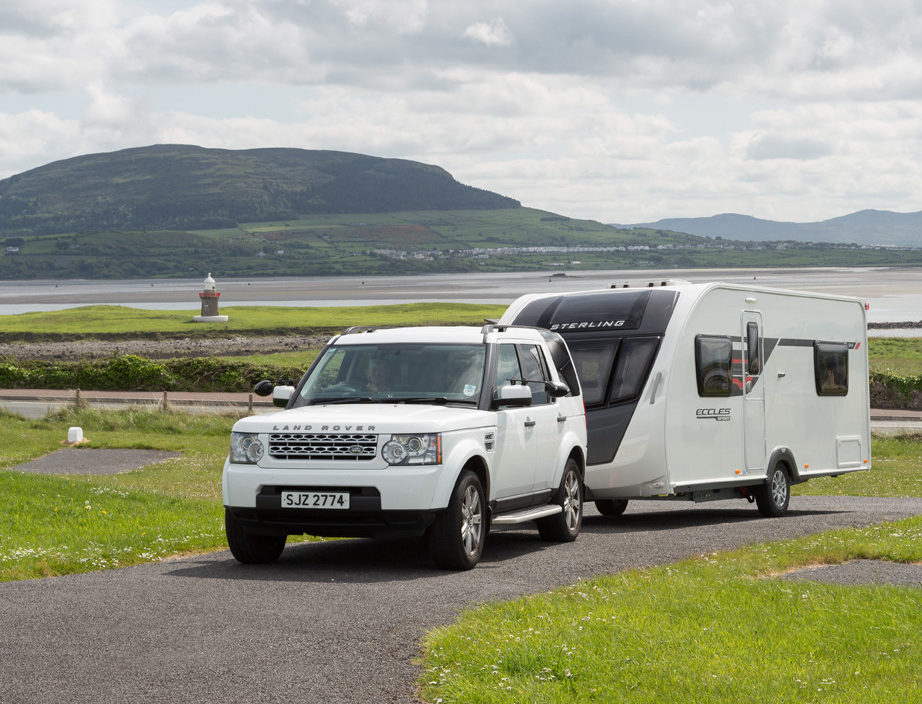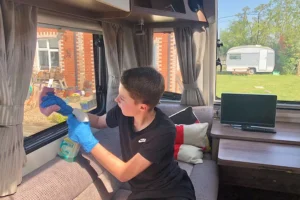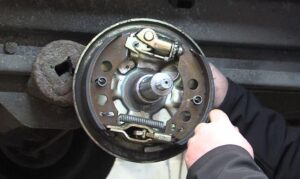Introduction to Caravan Manoeuvring
Manoeuvring a caravan is not just about driving; it’s an art that requires precision, patience, and practice. For many, a caravan represents a significant investment, often second only to their home. As such, understanding how to handle it correctly is paramount. The sheer size and weight of a caravan, combined with its unique handling characteristics, can present challenges even for experienced drivers. However, with the right knowledge and approach, these challenges can be overcome, ensuring safe and enjoyable caravan adventures.
Maneuvering a caravan might seem straightforward initially, but the added length, width, and blind spots can make it a daunting task for many. The key is to be aware of these challenges and prepare for them. Specifics like hand positioning, turning angles, and understanding the caravan’s dynamics are crucial. Common mistakes include towing at incorrect angles, not maintaining a safe distance from other vehicles, and making sharp turns that can lead to loss of control or even a jack-knife incident.
Basic Caravan Towing Tips
Towing a caravan is different from regular driving. The added weight and length mean that drivers need to be more cautious and aware of their surroundings. One of the primary tips is to use the tow ball as the pivot point when turning. This ensures that the caravan follows the car’s path more closely. It’s also essential to keep the car and caravan in a straight line as much as possible, minimizing the chances of swaying or jack-knifing.
Mirrors play a pivotal role when towing a caravan. They help in checking blind spots and ensuring that the caravan is correctly positioned on the road. Lane changing becomes a more complex task with a caravan in tow. Ensuring there’s ample space between your vehicle and others, and signaling clearly, is crucial. A slow and steady pace is recommended, especially when starting out. This not only helps in maintaining control but also in reacting timely to unforeseen situations.

How To Reverse Your Caravan
Reversing a caravan is often seen as one of the most challenging aspects of caravan driving. The added length and the fact that the caravan moves in the opposite direction to the car’s steering can be confusing. However, with practice, this too can be mastered. When reversing, it’s essential to have a clear view of the path. Using rear vision cameras can be a game-changer in this regard. They provide a clear view of what’s behind, eliminating the guesswork.
Manual power wheels offer a simple yet effective solution for those tight spots. They fit into standard jockey wheel clamps and allow the caravan to be moved using a ratchet handle. While it’s not the quickest method, it’s reliable. On the other hand, remote control caravan movers use two 12V drive motors to move the caravan, turning it into a large remote-controlled vehicle. This technology has made reversing and positioning caravans in tight spots much more manageable.
Can You Maneuver A Caravan By Hand?
Manually maneuvering a caravan is possible, but it’s not always easy. The weight and size of the caravan can make it a challenging task, especially in tight spaces. However, in situations where using a car might be problematic, moving the caravan by hand becomes a viable option. It’s essential to ensure that the ground is level and free of obstacles. Using gloves can provide a better grip, and it’s always a good idea to have someone guiding you.
Safety should always be the top priority when moving a caravan by hand. It’s essential to use the right techniques to avoid strain or injury. Leveraging the caravan’s momentum can help in moving it smoothly. However, one should always be cautious and avoid pushing or pulling too hard, as this can lead to accidents or injuries.
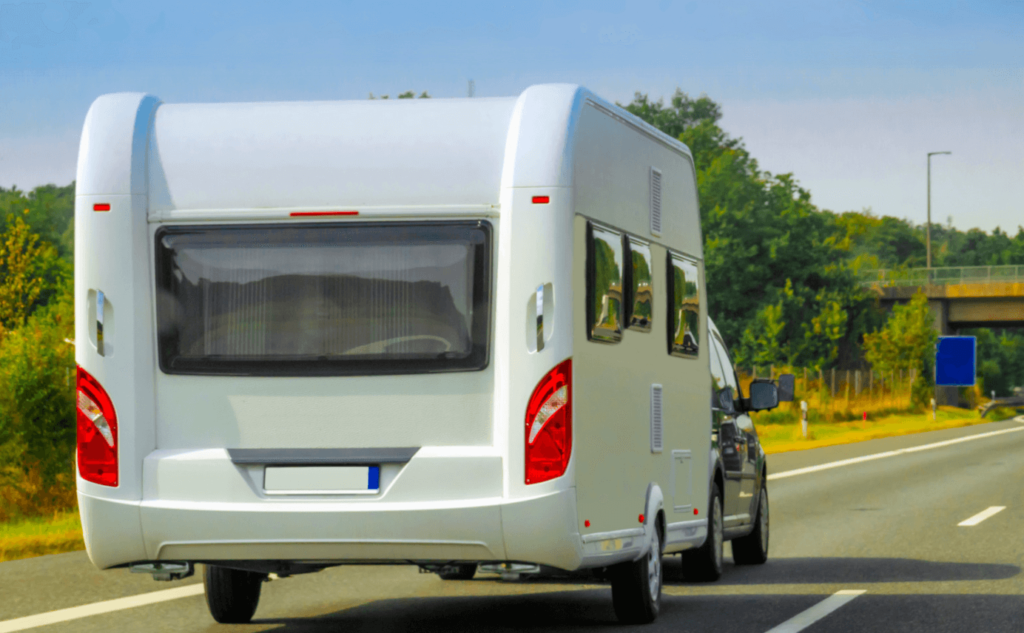
Can One Person Move A Caravan?
While it’s possible for one person to move a caravan, especially if it’s a smaller model, it’s generally recommended to have at least two people. The primary reason is safety. With two people, one can focus on pushing or pulling the caravan, while the other can guide and look out for obstacles. Additionally, having a third person responsible for releasing the brake can be beneficial. This ensures that if something goes wrong, the caravan can be quickly controlled.
Relocating a caravan, especially a larger model, requires coordination and communication between the individuals involved. It’s not just about physical strength but also about understanding the caravan’s movement and dynamics. Having more than one person ensures that there’s always someone to provide a different perspective, making the task safer and more efficient.
Understanding Jack-Knifing and Snaking
Jack-knifing and snaking are two terms that every caravan owner should be familiar with, as they refer to potentially dangerous situations that can occur while towing. Jack-knifing happens when the tow vehicle and the caravan lose synchronization, resulting in them getting stuck at an L or V-shaped angle. This prevents both the vehicle and the caravan from moving forward. It typically occurs when the caravan loses traction on the road and is forced to pivot significantly on the towbar.
Snaking, on the other hand, refers to the caravan becoming destabilized and swaying horizontally across the towing hitch axle. This forces the caravan to veer from side to side, creating a snake-like movement. The most common causes of snaking include sudden swerves, high speeds, and strong crosswinds. However, other factors like tire blowouts, incorrect noseweight, and inadequate towing can also contribute to this phenomenon.
What Do You Do When Your Caravan Is Jack Knifing Or Snaking?
When faced with a jack-knifing or snaking situation, it’s crucial to remain calm and take immediate action to regain control. If your caravan starts to jack-knife, it’s essential to loosen your grip on the steering wheel slightly and avoid locking it into a set position. This allows for better control and adjustment. Reducing your vehicle’s speed is vital, but avoid applying brakes abruptly. Instead, work your way down the gears to decrease road speed gradually.
In the case of snaking, the first reaction might be to brake, but this can exacerbate the situation. Instead, lift your foot off the accelerator and allow the vehicle to slow down naturally. Once you’ve regained control, it’s a good idea to pull over safely and assess the situation. Check your caravan’s setup, ensuring that the weight distribution is correct and that there are no other underlying issues. Always remember to turn on your hazard lights to alert other drivers of potential danger.
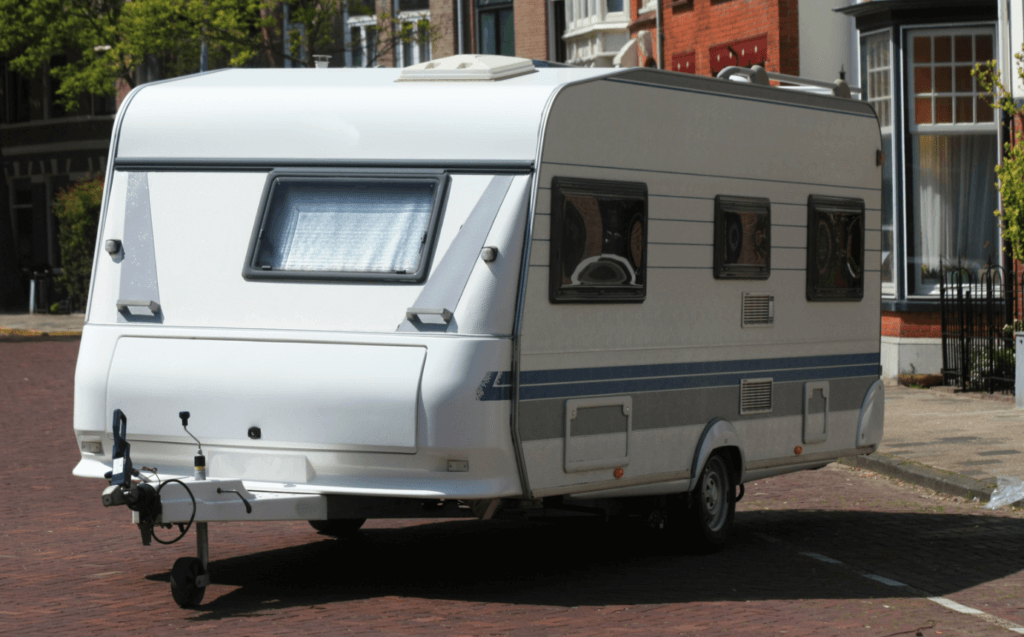
Summary and Conclusion
Maneuvering a caravan, whether it’s on open roads or in tight spots, requires a combination of skill, knowledge, and patience. While the task might seem daunting initially, with the right techniques and understanding, it becomes much more manageable. It’s essential to be aware of the challenges that come with towing a caravan, such as blind spots, increased stopping distances, and the potential for jack-knifing or snaking. By being prepared and following the recommended tips, drivers can ensure a safe and enjoyable caravaning experience.
In conclusion, the world of caravaning offers a unique blend of freedom and adventure. However, it comes with its set of responsibilities. Ensuring that you’re well-versed in the art of maneuvering a caravan not only guarantees your safety but also that of other road users. Regular practice, continuous learning, and always prioritizing safety will ensure that your caravanning adventures are memorable for all the right reasons.
